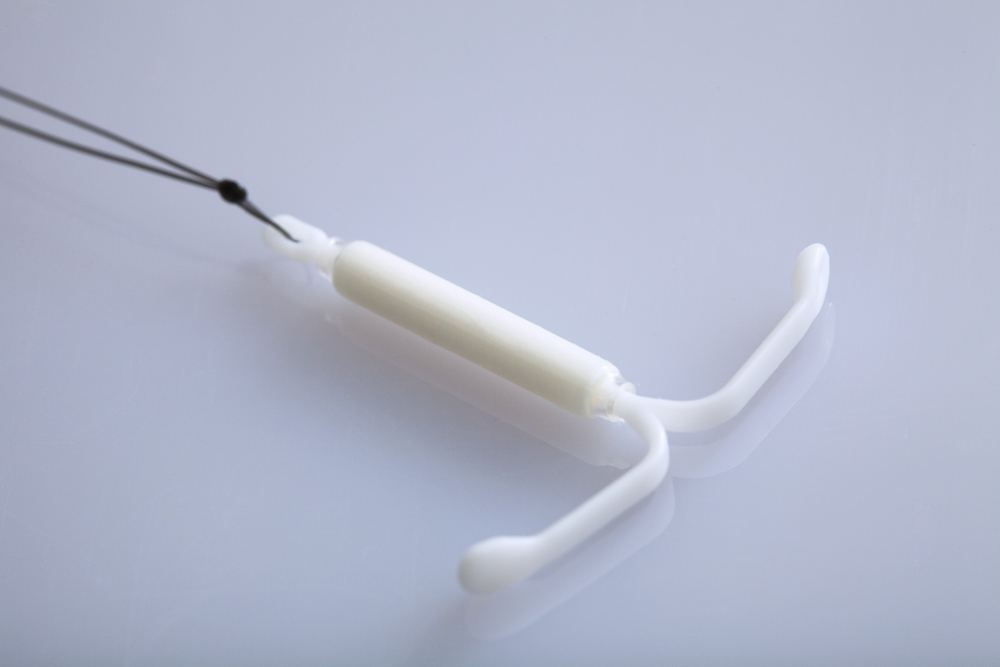Contents:
- Medical Video: How to use Coloplast SpeediCath Compact Set Male Intermittent Catheter?
- Who needs to install a urine catheter?
- Several types of catheters are used in medical processes
- How to install a urinary catheter
- Various types of urinary catheters and how they work
- Indwelling catheter (urethral or suprapubic catheter)
- Condom catheter (external catheter)
- Intermittent catheter (short-term catheter)
Medical Video: How to use Coloplast SpeediCath Compact Set Male Intermittent Catheter?
A urinary catheter is a device in the form of a small thin hose made of rubber or plastic that is flexible to be inserted into the urethra so that users can urinate more easily. Who needs to install this device, why do they need it, and what is the way to install a urinary catheter? Here's the full review.
Who needs to install a urine catheter?
Urinary catheters have various functions in the medical field, ranging from dealing with certain diseases to performing surgical procedures.
Catheters are usually needed when a person who is sick is unable to empty his bladder. If the bladder is not emptied, urine will accumulate in the kidney and cause damage until the failure of kidney function itself.
A person needs to use a catheter if he:
- Cannot urinate alone
- Cannot control the frequency of urination or urine flow.
- Have urinary health problems.
- Hospitalized for surgery.
- In coma.
- Drugged for a long time.
A person also needs a catheter if he:
- Has acute or chronic urinary retention
- Not allowed to move a lot, for example due to injury or after surgery.
- The frequency and volume of production and flow of urine outflow need to be monitored, for example in patients with kidney disease.
- Have been diagnosed with a medical condition that requires catheter placement. Some examples include spinal cord injury, multiple sclerosis and dementia.
Most catheters are only temporarily needed until the patient can get rid of his own urine again. Even so, people who are elderly or who are seriously ill may need to use a catheter for a long time, and sometimes it can be permanent.
Several types of catheters are used in medical processes
- Plastic catheters for temporary use because they are easily damaged and inflexible. Usually used when a person is only experiencing non-chronic pain.
- Latex catheters are used for usage of less than 3 weeks.
- Pure silicone catheter, for a long period of use of 2-3 months because the material is more flexible in the urethral canal of the genitals.
- Metal catheters are used for temporary use, usually in emptying the bladder in mothers who give birth.
How to install a urinary catheter
The installation of a urine catheter or catheterization is the procedure of inserting a catheter hose through the urethra (urethra) towards the bladder, where urine is collected.
Catheter installation is carried out by the nurse on duty with instructions from the doctor. The catheter must be attached to the patient's body in a completely sterile procedure to avoid the risk of infection.
How to?
- The nurse will open and clean the catheterization equipment and the patient's genitals first.
- The hose will then be smeared with certain lubricants so that it is easily inserted into the urethra.
- You may be given local anesthesia to reduce pain and discomfort when fitted with a catheter.
- The nurse then inserts a catheter hose into the urethra with his hand.
- The catheter hose will be inserted about 5 cm, until it reaches the neck of your bladder.
- After this, you can immediately urinate without effort and without the need to use muscles. Urine will leave the urine and flow through the channel connected to the catheter and then enter the urine bag.
Don't forget to empty the urine bag that is connected to your catheter every 6-8 hours.
Various types of urinary catheters and how they work
Depending on the person's goals and needs, catheter placement can be temporary or permanent. A permanently mounted catheter is also called a permcath.
There are 3 types of catheters, namely indwelling catheter, condom catheter, and intermittent catheter.
Indwelling catheter (urethral or suprapubic catheter)
Indwelling catheter is a urinary catheter. Indwelling catheters can be used for short and long periods of time.
An indwelling catheter is placed in the urine through the urethra or a small hole in the stomach. To keep the duct free from the body, a small balloon filled with water is placed at the tip of the catheter. When the doctor needs to lift the catheter, he only needs to deflate the balloon. This type of indwelling catheter is called a suprapubic catheter.
Condom catheter (external catheter)
A condom catheter is also known as an external catheter. Installation of this type of catheter is needed for men who do not have problems with urinary retention, but have an inability to urinate physically or mentally seriously, such as dementia.
As the name suggests, this urine catheter is placed outside the body, and is shaped like a condom to cover the patient's penis head. There is a small tube on the device that drains urine. Condom catheters need to be replaced every day if they are not designed for long-term use.
Compared to indwelling catheters, condom catheters are more comfortable and have a lower risk of infection. However, this type causes more skin irritation because it is often removed and reinstalled.
Intermittent catheter (short-term catheter)
Intermittent catheters are suitable for patients who cannot temporarily urinate themselves, usually because of surgery. Once the urinary function returns to normal, the catheter will be removed.
Intermittent catheterization can be done through the urethra or a hole made in the lower abdomen. With proper training, in the atmosphere of the home, caregivers can put a catheter in the patient; or even patients can install it themselves.
Hello Health Group does not provide medical advice, diagnosis or treatment.












